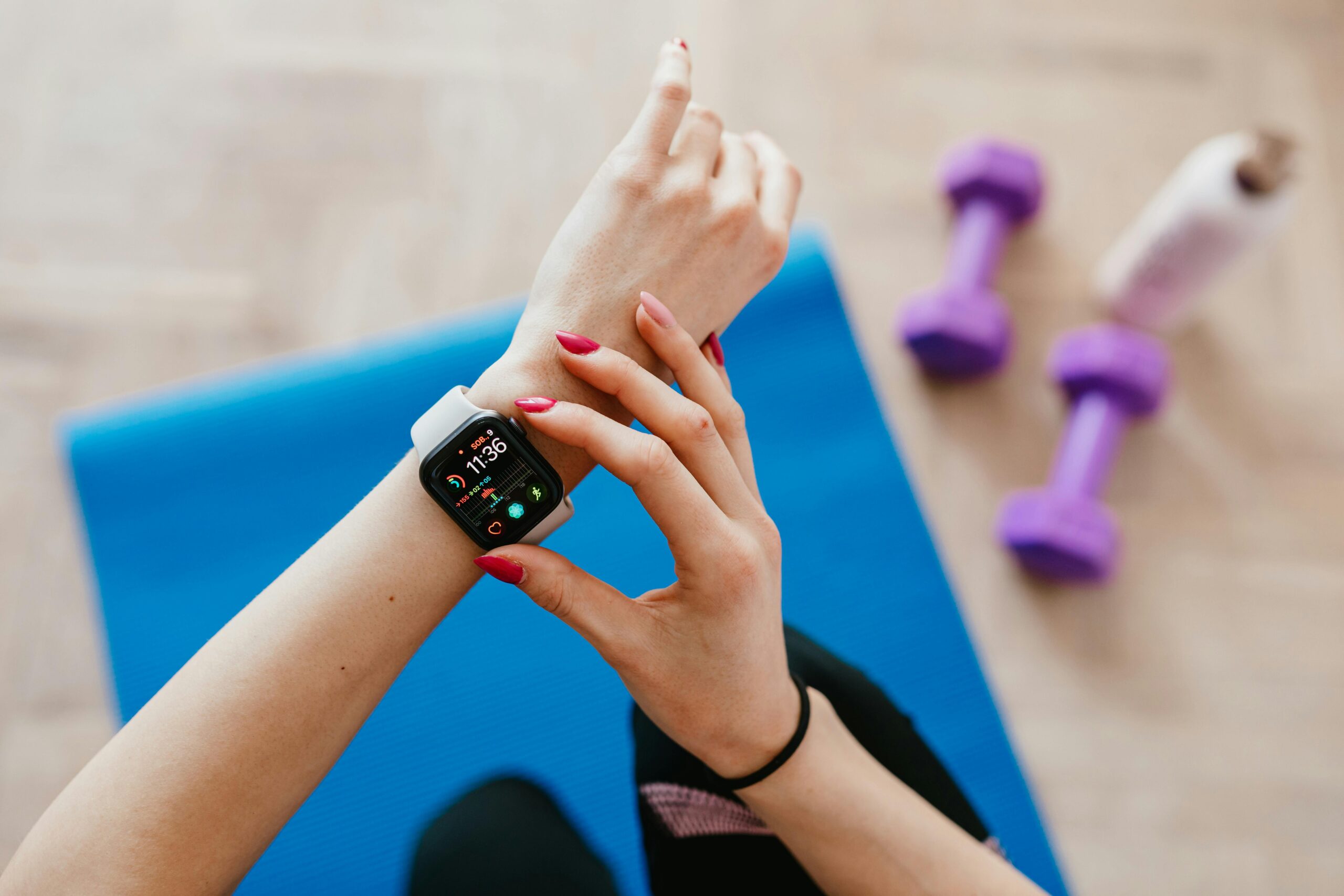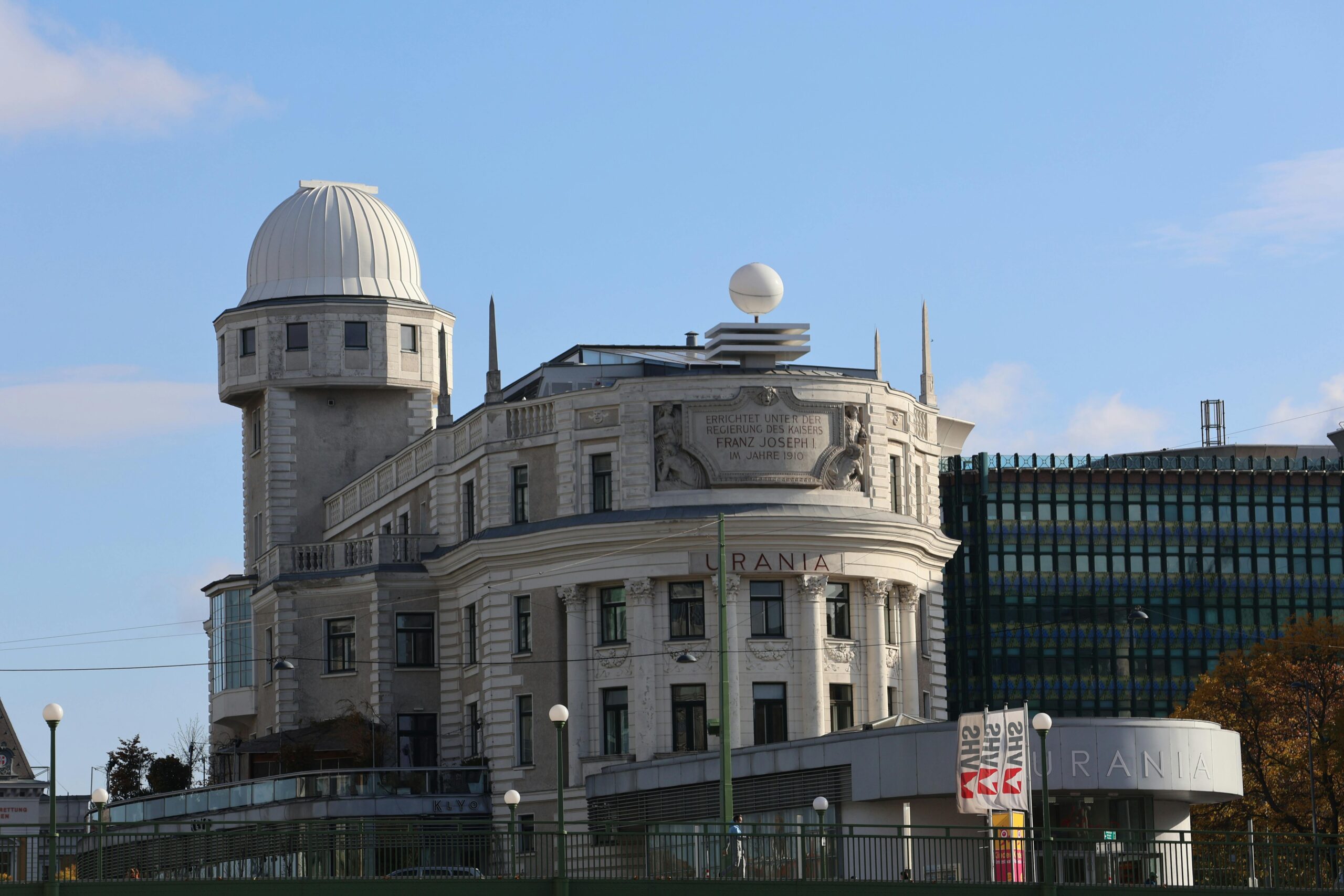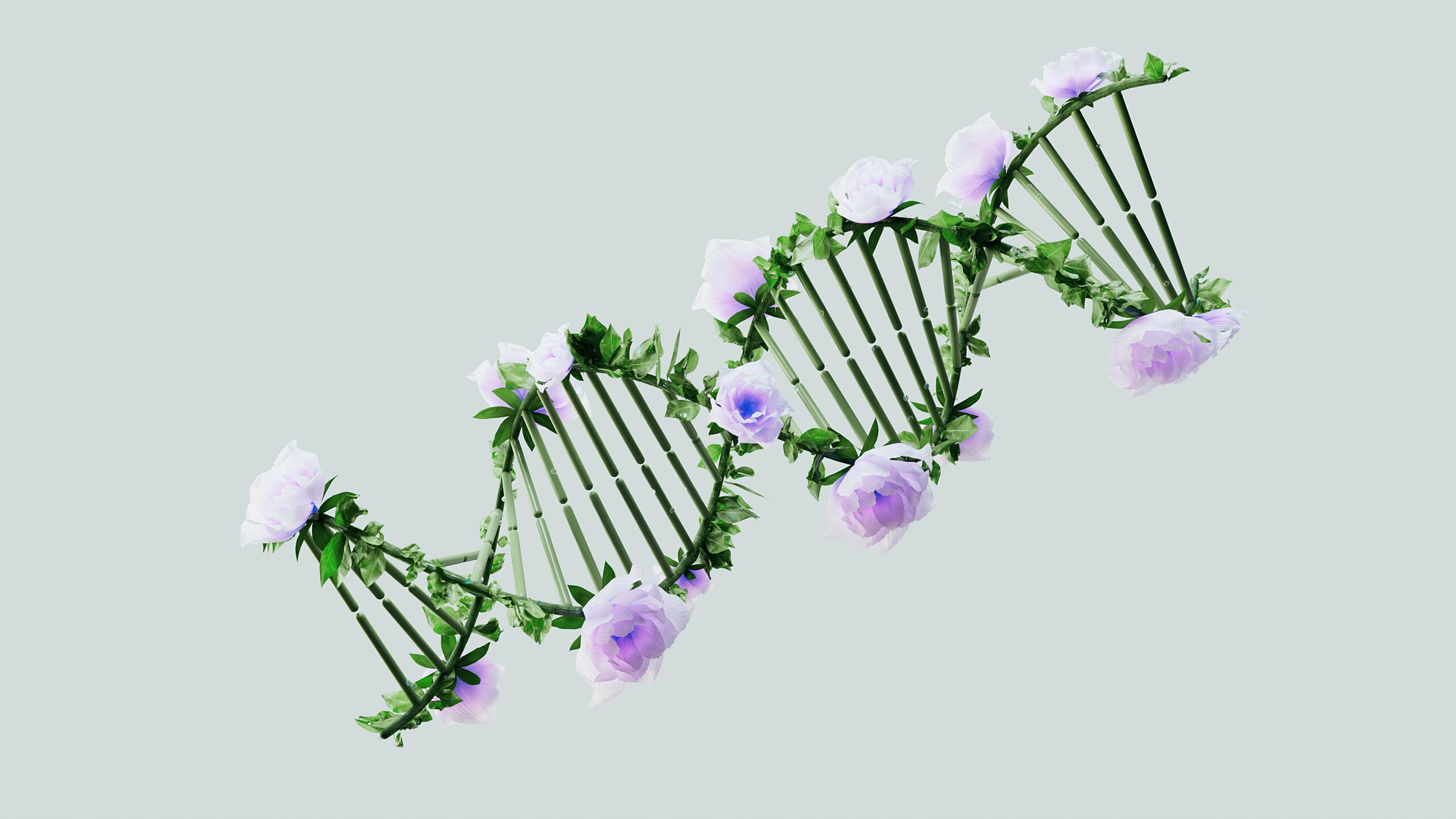Wearable biosensors are transforming how we monitor health, offering unprecedented insights into our bodies that could be the key to extending human lifespan and enhancing quality of life.
The quest for longevity has captivated humanity for millennia, from ancient alchemists seeking the elixir of life to modern scientists unraveling the mysteries of aging at the cellular level. Today, we stand at an extraordinary crossroads where cutting-edge technology meets personalized medicine, and wearable biosensors are emerging as powerful tools in this revolution. These sophisticated devices go far beyond counting steps or tracking sleep—they’re providing real-time data about our biological processes, enabling us to make informed decisions that could add years to our lives.
The intersection of health technology and longevity science represents one of the most exciting frontiers in modern medicine. As our understanding of aging deepens and sensor technology becomes more sophisticated, we’re gaining unprecedented access to biomarkers that were once only measurable in clinical settings. This democratization of health data is empowering individuals to take proactive control of their wellness journey in ways that seemed like science fiction just a decade ago.
The Science Behind Biosensor Technology 🔬
Wearable biosensors represent a remarkable convergence of multiple scientific disciplines. At their core, these devices utilize advanced sensors capable of detecting and measuring various physiological parameters continuously and non-invasively. The technology relies on sophisticated algorithms that analyze electrical signals, optical readings, mechanical movements, and even chemical compositions from our skin’s surface.
Modern biosensors employ several detection methods simultaneously. Photoplethysmography (PPG) uses light-based sensors to measure blood flow and heart rate variability. Bioimpedance analysis sends tiny electrical currents through the body to assess body composition. Electrochemical sensors can detect glucose levels, lactate concentrations, and even cortisol in sweat. These technologies work in concert to provide a comprehensive picture of our physiological state.
The accuracy of these devices has improved dramatically in recent years. Clinical-grade sensors that once required hospital visits are now miniaturized and integrated into watches, rings, patches, and clothing. Machine learning algorithms process the massive amounts of data collected, identifying patterns and anomalies that might indicate health concerns before symptoms appear.
Key Biomarkers That Matter for Longevity 📊
Understanding which biomarkers correlate with longevity is essential for effective health tracking. Wearable biosensors now monitor several critical indicators that research has linked to healthspan and lifespan extension.
Heart Rate Variability: The Window to Autonomic Health
Heart rate variability (HRV) has emerged as one of the most significant predictors of overall health and longevity. This measure reflects the variation in time between consecutive heartbeats and provides insights into the balance of our autonomic nervous system. Higher HRV generally indicates better cardiovascular fitness, stress resilience, and recovery capacity. Advanced wearables now track HRV continuously, allowing users to optimize their training, stress management, and recovery protocols based on real-time data.
Sleep Architecture and Recovery
Quality sleep is fundamental to longevity, and modern biosensors provide detailed analysis of sleep stages, including light sleep, deep sleep, and REM cycles. These devices measure not just duration but quality, tracking metrics like sleep efficiency, restlessness, and respiratory rate during sleep. Research consistently shows that individuals with optimal sleep patterns have lower risks of chronic diseases and better cognitive function as they age.
Metabolic Health Indicators
Continuous glucose monitoring, once reserved for diabetics, is becoming mainstream among longevity enthusiasts. Understanding how different foods, activities, and stress levels affect blood sugar provides actionable insights for metabolic optimization. Some advanced wearables also estimate metabolic rate and track body temperature variations, which can indicate inflammation, illness, or changes in metabolic efficiency.
Activity and Movement Patterns
Beyond simple step counting, sophisticated biosensors analyze movement quality, sedentary time, and exercise intensity zones. They differentiate between various activity types and measure metrics like VO2 max estimation—a powerful predictor of cardiovascular health and longevity. Regular monitoring helps users maintain optimal activity levels that support healthy aging without overtraining.
How Real-Time Data Changes Health Behavior 💡
The true revolution isn’t just in the data collection—it’s in how this information transforms our daily decisions. When you can see immediately how that extra cup of coffee affects your sleep quality, or how a stressful meeting impacts your HRV, behavior change becomes tangible and measurable.
Continuous feedback loops create what behavioral scientists call “quantified self-awareness.” Users develop intuitive understanding of their bodies’ responses to different inputs. This awareness enables micro-adjustments throughout the day: taking a short walk after a large meal to moderate glucose spikes, practicing breathing exercises when stress markers elevate, or adjusting workout intensity based on recovery status.
The gamification elements many devices incorporate also leverage psychological principles to sustain healthy habits. Achievement badges, streak counters, and social sharing features tap into our natural desire for progress and community, making longevity practices more engaging and sustainable over the long term.
Personalized Interventions Based on Biosensor Data 🎯
One-size-fits-all health advice is becoming obsolete. Wearable biosensors enable truly personalized interventions tailored to individual physiology, lifestyle, and goals. This precision approach represents a fundamental shift from reactive sick care to proactive health optimization.
Advanced platforms now integrate data from multiple sources to provide comprehensive health insights. By combining biosensor data with genetic information, lab results, and lifestyle factors, these systems generate personalized recommendations for nutrition, exercise, sleep optimization, and stress management. Some platforms use artificial intelligence to predict potential health issues before they manifest, enabling preventive interventions.
Professional athletes and biohackers have pioneered many of these approaches, but the technology is becoming increasingly accessible to everyday users. Apps connected to wearable devices provide actionable insights, suggesting optimal meal timing, workout intensity adjustments, and recovery protocols based on individual data patterns.
The Role of Inflammation Tracking in Longevity ⚡
Chronic inflammation is increasingly recognized as a root cause of age-related diseases and accelerated aging—a phenomenon scientists call “inflammaging.” Emerging biosensor technologies are beginning to track inflammatory markers non-invasively, opening new frontiers in longevity monitoring.
While direct inflammation measurement through wearables is still developing, current devices can track proxy indicators like resting heart rate elevation, HRV reduction, body temperature changes, and respiratory rate increases. These patterns often signal inflammatory responses before we feel symptoms. Some experimental devices are working toward direct cytokine detection through skin sensors, which would provide real-time inflammation data.
Understanding your inflammation patterns allows for targeted interventions—whether through dietary modifications, stress reduction, improved sleep, or appropriate exercise adjustments. This proactive approach addresses inflammation before it contributes to chronic disease development.
Stress Management Through Continuous Monitoring 🧘
Chronic stress accelerates aging through multiple mechanisms, including telomere shortening, hormonal dysregulation, and immune system suppression. Wearable biosensors have revolutionized stress management by providing objective measures of physiological stress responses.
Modern devices track stress through multiple indicators: reduced HRV, elevated resting heart rate, changes in skin conductance, and altered breathing patterns. Some advanced wearables provide real-time stress scores and prompt users to engage in stress-reduction techniques when physiological stress markers elevate.
The ability to identify stress patterns throughout the day enables targeted interventions. Users discover which situations trigger their stress responses and can implement coping strategies proactively. Guided breathing exercises, delivered through the device when stress is detected, provide immediate tools for autonomic nervous system regulation.
The Future of Wearable Health Technology 🚀
The biosensor revolution is just beginning. Emerging technologies promise even more comprehensive health monitoring capabilities that will further unlock longevity secrets.
Next-generation devices will incorporate non-invasive blood pressure monitoring, hydration tracking, and even biomarker detection through sweat analysis. Researchers are developing sensors capable of measuring ketones, electrolytes, alcohol levels, and hormones through the skin. Some experimental devices can detect early signs of infections or immune system activation.
Integration with artificial intelligence will enable predictive health analytics, forecasting potential issues days or weeks before they occur. Imagine a device that alerts you to adjust your routine because your data patterns suggest you’re heading toward burnout, or that recommends specific nutrients based on detected deficiencies.
The convergence of wearable technology with genomics and microbiome analysis will create unprecedented personalization. Your genetic predispositions combined with real-time physiological data will generate hyper-specific recommendations for optimizing your unique biological system.
Privacy and Data Security Considerations 🔒
As biosensor capabilities expand, so do legitimate concerns about data privacy and security. Your health data is among the most sensitive information you possess, and protecting it is paramount.
Users should carefully review privacy policies before adopting wearable devices. Understand what data is collected, how it’s stored, who has access, and whether it’s shared with third parties. Opt for devices and platforms with robust encryption, transparent data practices, and user control over information sharing.
The potential for health data misuse—by insurers, employers, or marketers—requires vigilance. Regulations like HIPAA in the United States and GDPR in Europe provide some protections, but consumers must remain proactive about safeguarding their information. Consider whether the insights gained justify the privacy trade-offs for your particular situation.
Making Biosensor Data Actionable: Practical Strategies 💪
Collecting data is only valuable if you translate it into meaningful action. Here are evidence-based strategies for leveraging biosensor insights to enhance longevity:
- Establish baseline metrics: Track consistently for at least two weeks to understand your normal ranges before making interpretations.
- Focus on trends, not single data points: Day-to-day fluctuations are normal; look for patterns over time.
- Prioritize sleep optimization: Use sleep data to identify habits that improve sleep quality and make this your first intervention area.
- Align activity with recovery status: Schedule intense workouts when recovery metrics are optimal, and practice active recovery when they’re not.
- Test dietary responses: Experiment with meal timing, composition, and portion sizes while monitoring glucose and energy levels.
- Practice stress awareness: When the device indicates elevated stress, pause for brief stress-reduction exercises.
- Work with healthcare providers: Share relevant data with your doctor to inform clinical decisions and screenings.
The Community Effect: Social Support for Longevity Goals 🤝
Longevity isn’t just about individual biology—social connections and community support significantly influence healthspan and lifespan. Many wearable platforms incorporate social features that leverage this connection.
Sharing goals, celebrating achievements, and participating in challenges with friends or online communities creates accountability and motivation. Research shows that people with strong social support systems maintain healthy habits more consistently and experience better health outcomes. The social features of wearable technology tap into this biological need for connection while supporting longevity practices.
Group challenges, whether with family, friends, or global communities, make health tracking more engaging. Friendly competition and mutual encouragement help sustain motivation during plateaus. Many users report that the social aspects of their wearable devices are as valuable as the data itself.
Bridging the Gap Between Data and Clinical Care 🏥
The integration of consumer wearable data with clinical healthcare represents a paradigm shift in medicine. Progressive healthcare providers are beginning to incorporate biosensor data into patient care, using continuous monitoring to inform diagnoses, track treatment effectiveness, and identify concerns early.
Remote patient monitoring programs use wearable data to manage chronic conditions, reducing hospital readmissions and catching complications before they become serious. Some insurance companies now offer incentives for wearing biosensors and sharing data, recognizing the preventive value.
As medical professionals become more familiar with consumer biosensor capabilities, expect greater integration between your device data and your medical records. This convergence will enable more informed clinical decisions based on comprehensive data rather than snapshots captured during office visits.

Investment in Your Future Self: The Long-Term Perspective ⏳
Adopting wearable biosensor technology represents an investment in your future health and longevity. While the upfront costs and learning curve may seem daunting, the potential returns—measured in healthy years of life—are substantial.
Consistent health tracking creates a longitudinal health record that becomes increasingly valuable over time. Patterns emerge that reveal how your body responds to aging, seasonal changes, life stressors, and interventions. This accumulated knowledge enables increasingly precise optimization strategies.
The data you collect today may prove invaluable years from now. As artificial intelligence and longevity science advance, your historical health data could be analyzed through new frameworks, revealing insights not yet discoverable. You’re essentially creating a comprehensive autobiography of your body’s journey through life.
Perhaps most importantly, wearable biosensors shift our mindset from passive healthcare consumers to active participants in our health destiny. This psychological shift—from reactive to proactive, from ignorance to awareness, from helplessness to empowerment—may be the most valuable outcome of all. When you understand how your daily choices affect your biology in real-time, healthy living transforms from abstract advice into tangible reality.
The secrets of longevity are being unlocked not in distant laboratories alone, but on the wrists, fingers, and bodies of millions of people worldwide who have embraced biosensor technology. By providing unprecedented visibility into our biological processes, these remarkable devices are democratizing longevity science and putting the power to extend healthspan into our own hands. The question isn’t whether to participate in this revolution—it’s how quickly you’ll begin writing your own longevity story through data-driven insights and personalized optimization. 🌟
Toni Santos is a longevity writer and regenerative medicine researcher dedicated to exploring how biology, technology, and ethics can extend healthspan. With a focus on cellular repair and anti-aging biotechnology, Toni examines how next-generation therapies translate lab breakthroughs into real-world vitality. Fascinated by stem cell science, telomere dynamics, and systems biology, Toni’s journey bridges research reviews, expert interviews, and clear public communication. Each article he shares aims to separate evidence from hype—helping readers understand what’s promising, what’s premature, and what truly supports long-term health. Blending molecular biology, clinical insight, and accessible storytelling, Toni investigates interventions that target the root drivers of aging. His work honors responsible innovation—prioritizing safety, transparency, and human wellbeing in the pursuit of extended healthspan. His work is a tribute to: Anti-aging biotechnology grounded in rigorous evidence Cellular rejuvenation pathways that restore function and resilience Stem cell and telomere research advancing ethical longevity care Whether you’re a clinician, researcher, or health enthusiast, Toni Santos invites you to explore the frontiers of regeneration—one discovery, one mechanism, one healthier year at a time.




